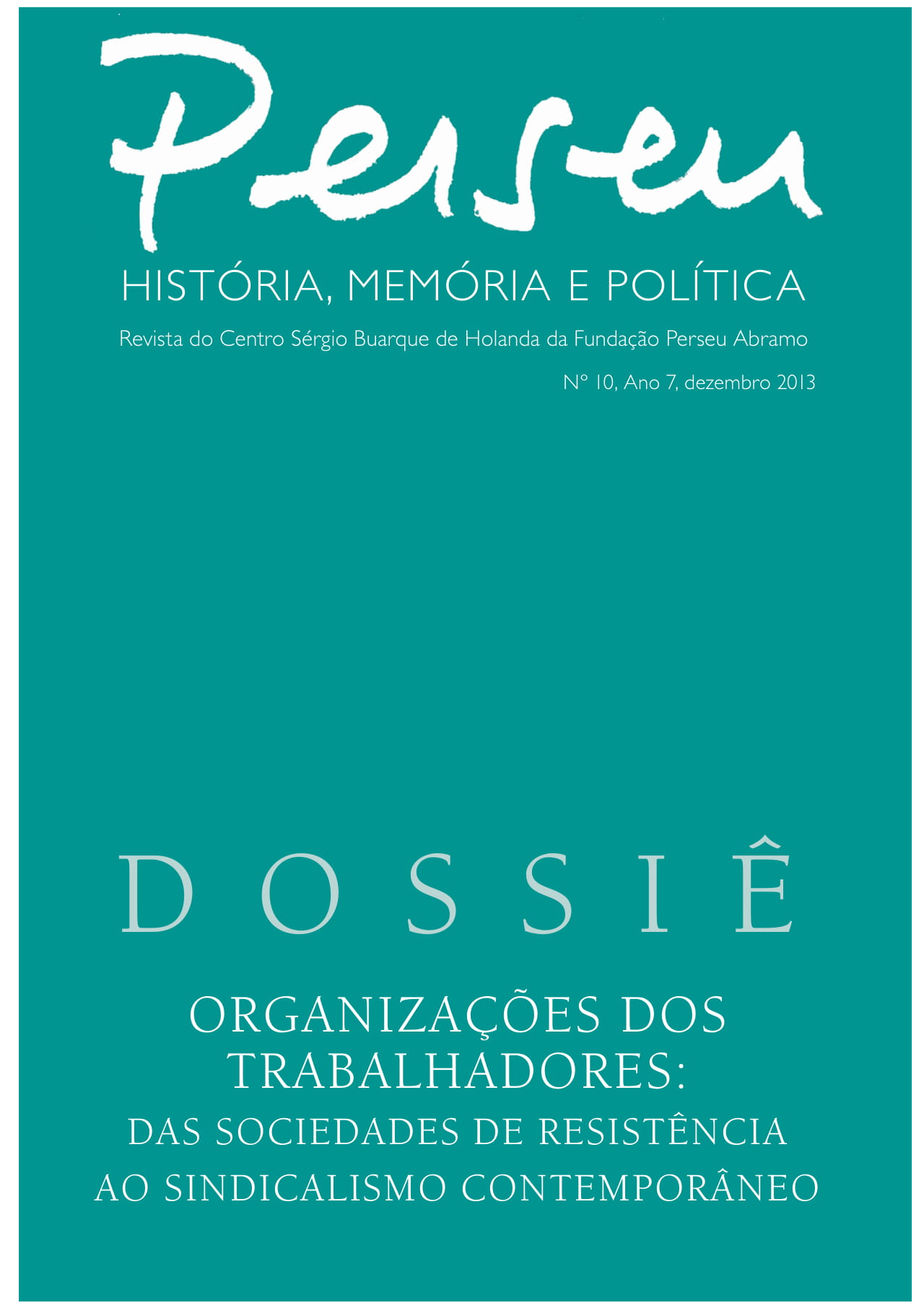Where go the brazilian precariat? Syndicalism and hegemony in contemporary Brazil.
Abstract
The current Brazilian development model managed to promote adhesion of the poorest groups of workers to the public policy of the federal government. The high popular approval ratings of President Dilma Rousseff prove it. However, since 2008, the number of strikes has increased steadily in Brazil. Many of these strikes pushed by the precarious proletariat occurred in sectors directly linked to the federal government such as the strikes in the beds of the works of the Growth Acceleration Plan (PAC), for example. How to interpret this ambivalent social phenomenon? Our argument is that: Brazilian precarious proletariat, ie, the “precariat”, is socially uneasy about the current regime of accumulation. And this state of social unrest feeds the current strike movements.


